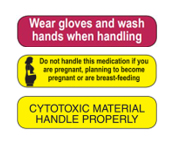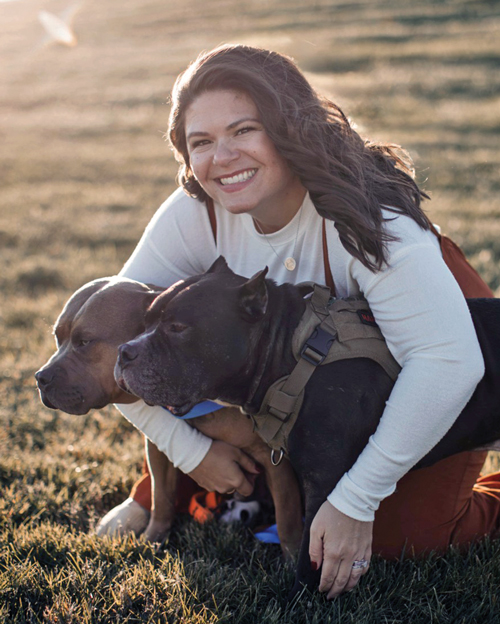The National Institute for Occupational Safety and Health (NIOSH) has developed a list of hazardous drugs of concern in healthcare settings.
The list is split into three groups:
- Chemotherapy drugs.
- Non-chemotherapy drugs that meet one or more of the NIOSH criteria for a hazardous drug. This includes drugs that exhibit one or more of the following characteristics: carcinogenicity, teratogenicity or other developmental toxicity, reproductive toxicity, organ toxicity at low doses, genotoxicity, or having a structure and toxicity profile that mimics an existing drug determined hazardous by the above criteria.
- Drugs that primarily pose a reproductive risk to men and women who are actively trying to conceive and women who are pregnant or breast feeding, because some of these drugs may be present in breast milk. These can include antiviral drugs, hormones, bio-engineered drugs, and some miscellaneous drugs.
The formulation of the medication and the way it is used in practice determines whether it may pose a significant risk of direct occupational exposure. Coated tablets that are administered without modification pose far less of a risk than a formulation that includes crushing tablets or making a solution. Tablets that do not have a coating or are split also pose a risk of exposure from dust by skin contact and inhalation.
All tablets and capsule forms of hazardous drugs should be counted on a tray designated specifically for hazardous drugs, and the tray should be cleaned often. Liquid formulations, either manufactured or appropriately compounded, should be used if possible when there is not a suitable strength in tablet or capsule form.
Medications that may not initially strike us as hazardous include cyclosporine, fluconazole, methimazole, mycophenolate, spironolactone, and zonisamide.

All hazardous drugs should be properly labeled to prevent improper handling. This includes applicable auxiliary labels such as “Wear gloves and wash hands when handling,” “Do not handle this medication if you are pregnant, planning to become pregnant or are breast-feeding,” and “Cytotoxic material: Handle properly.” (Drugs in groups two and three do not require the cytotoxic auxiliary label as they are not chemotherapy medications.)
When hazardous medications are dispensed, clients should be counseled appropriately, instructed to buy gloves, and given a pair of gloves for the first dose of medication, if needed.
This month’s column is from Alex Gochenauer, PharmD, FSVHP.



